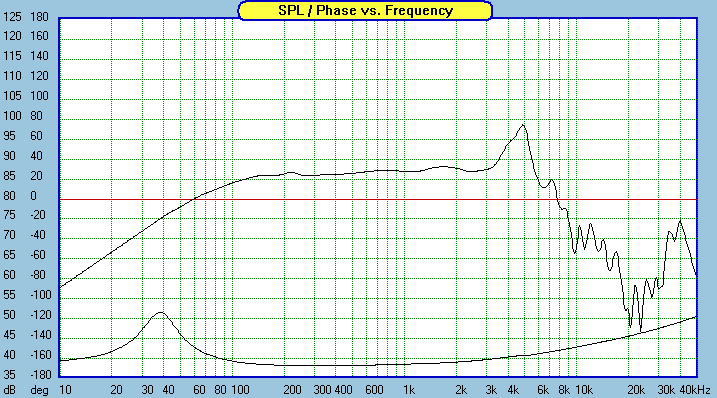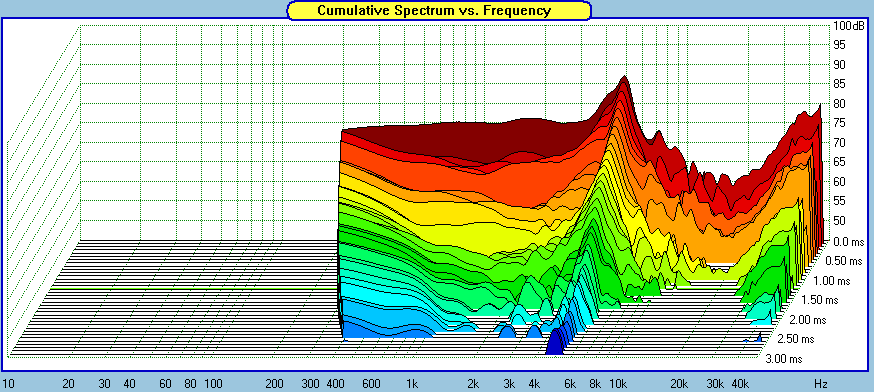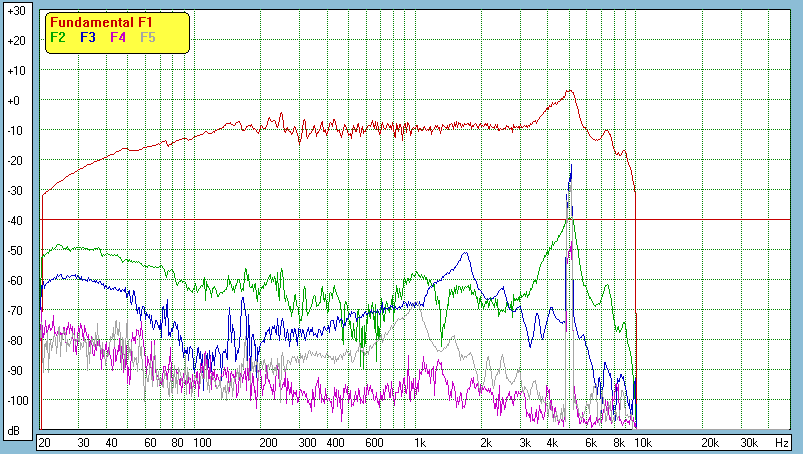almost all the theaters I have seen have trapezoidal or curved walls and ceiling. I am not denying it. But its to take care of reflections.
I know now you can't deny that classic theory of non-parallel walls.
Not true. As long as the walls are solid, there will be reflections and room modes will be formed. With different shapes, it will be at some other location, that's it. But your statement that standing waves can't form is misleading.
My statement is not misleading because in my experience i have measured a great deal of reduction in standing waves in a trapezoidal shaped room which was treated with absorbents and diffusers as compared to rectangular shaped one.
Here is what Dr. J.M. van Nieuwland has to say about the difference as per his research paper
Eigenmodes in non-rectangular reverberation rooms"
"The main difference between the rectangular and the non rectangular room is the fact that the axial and tangential modes do not exist, only the oblique modes are active. This results in a more regular distribution of the modes than one would find in a rectangular room with optimum dimension ratios. A regular distribution of modes avoids the occurrence of large dips or peaks in the frequency response curve. This led to the conclusion that non rectangular rooms are superior"
Have you done any measurements so far which can show us that non-parallel walls don't help?
The approach you say which is non-sensible has been pushed forward by renowned audio engineers worldwide, including Dr Floyd Toole of Harman. I don't think I can say likewise for non-parallel walls approach for small rooms use.
You again missed my previous posts regarding the Toole's white paper and in which he clearly stated that 4 subwoofers can uniform the response but at the expense of lower LF SPL which in my view is waste of resources and i find no need to repeat it how and why.
There is an excellent paper by Joseph R. Milner and Robert J. Bernhard which shows an investigation into modal characteristics in non rectangular rooms and their advantages over rectangular ones.
Last edited:




